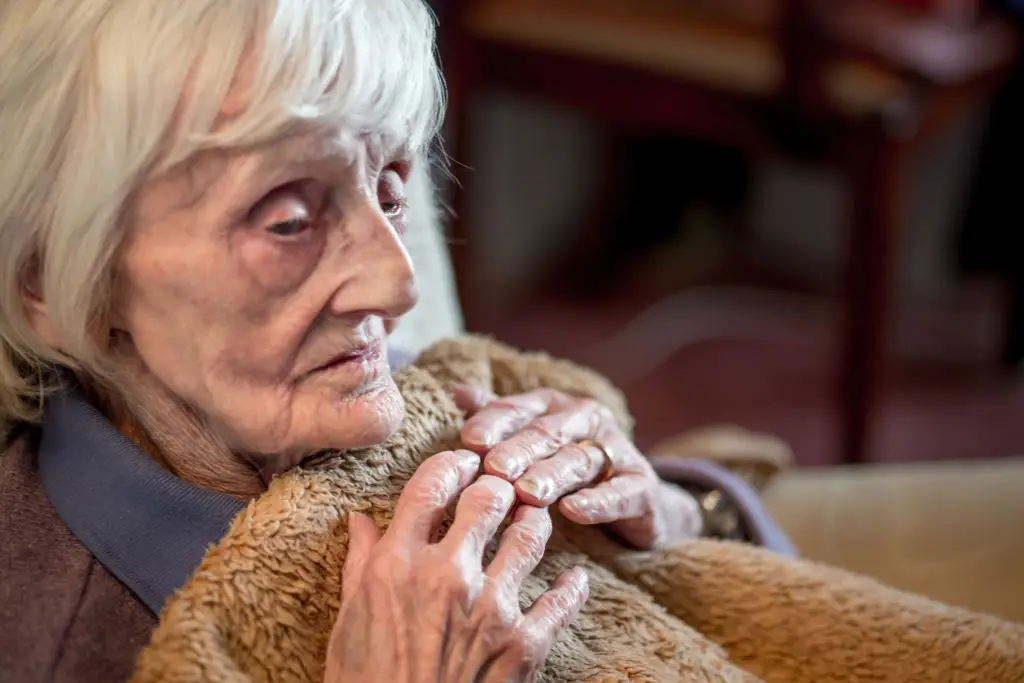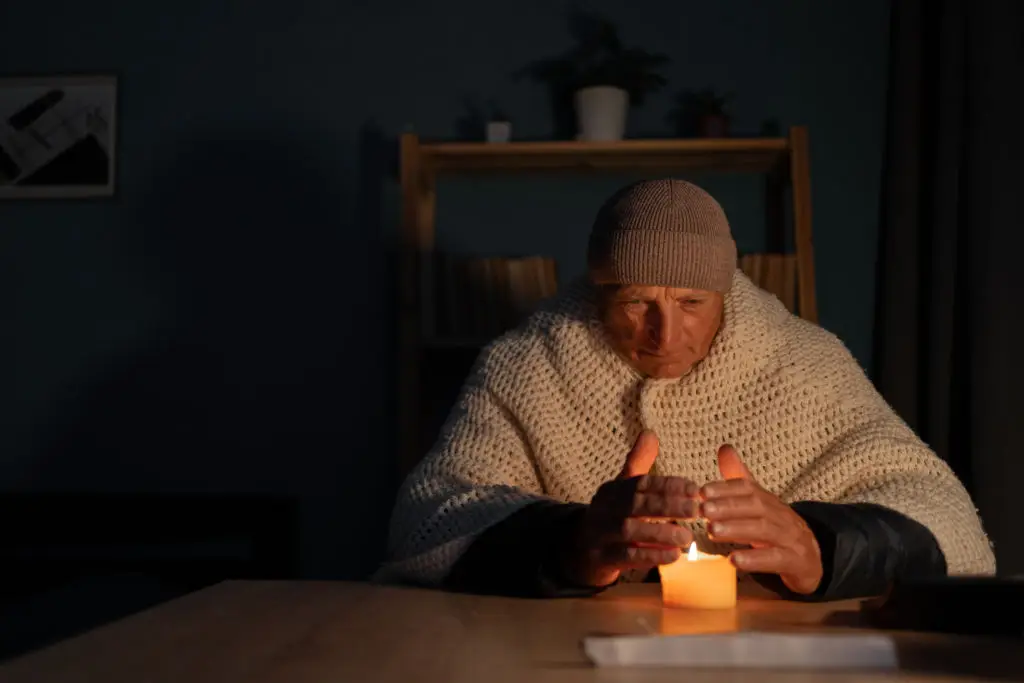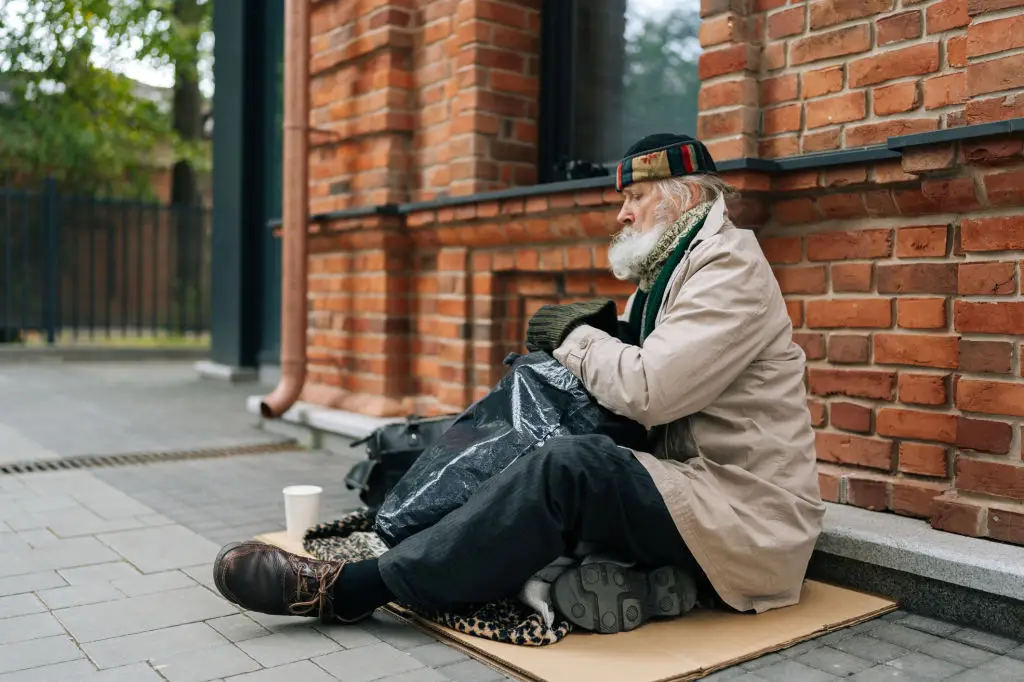13 Scientific and Simple Ways Winter Loneliness Triggers Inflammation (and How to Heal)
When winter’s chill arrives, we often expect cozy evenings and hot drinks—but for many adults, the season also brings a sharp increase in loneliness. Fewer daylight hours and cold weather make it harder to connect, pushing people indoors and apart. Underneath these everyday routines, a powerful biological shift is happening. Stress hormones surge, inflammation quietly smolders, and the body’s natural defenses weaken. These changes aren’t just passing discomforts; they can spark a cascade of health risks, especially when days grow shortest. But here’s the hopeful news: understanding the science of “the loneliness hormone”—and how winter isolation fuels it—means you can begin to nudge your well-being back into balance. Each small daily act, whether creative, social, or restful, has the power to gently dial down inflammation and help you thrive through the season. This guide blends the latest research with simple, heartening steps for protecting your health, mind, and spirit when winter loneliness looms.
1. Chronic Stress Hormones: Why Loneliness Feels Physically Unbearable

Loneliness isn’t just an emotion—it’s a full-body signal that something vital needs attention. When regular social bonds break down, the brain nudges the body into ‘alert’ mode, releasing a stream of the stress hormone cortisol. Over time, especially during winter’s isolating stretch, elevated cortisol keeps the body in a constant state of emergency. This switch tires out energy reserves, slows cellular repair, and weakens resilience to illness. Research shows that chronic loneliness locks the stress response on ‘high,’ making you more sensitive to aches, pains, and even minor illnesses. As Dr. Qing Li notes, lowering stress hormones is key to breaking the cycle, yet isolation makes this challenging. The good news? These hormone loops are not permanent. Gentle daily shifts—like stepping outside or reaching out for a chat—can help coax stress signals back to healthy levels, rebuilding energy from the inside out.
2. The Inflammation Cascade: Your Body’s Silent SOS

Behind the scenes, loneliness fires up the body’s defense system. This response triggers an increase in inflammation, scientists’ term for the immune system’s “red alert” signal. Instead of defending against infections, the body begins sending out pro-inflammatory markers like IL-6 and CRP even when no threat is present. Over time, especially during prolonged winter isolation, this ongoing state of alert silently damages tissues and blood vessels. That’s why doctors call chronic inflammation the “cause of all diseases”—from heart concerns to cognitive decline. But inflammation isn’t destiny. Even a short walk outdoors, mindful breathing, or a five-minute break to connect with a friend sends a reassuring message to your body, quietly reducing the chemical storm and promoting healthier, calmer healing.
3. Winter Amplifies the Storm: Less Sunlight, More Stress

Why does winter loneliness feel especially tough? Evidence points to less sunlight as a trigger for deeper stress responses. Short days send mixed signals to the body’s clock, disrupting hormones that protect against inflammation and mood swings. Without natural light, vitamin D levels drop, and melatonin production can skew, disturbing sleep and making emotional lows harder to bounce back from. Add in icy sidewalks and closed gathering places, and it’s clear why winter blueprints loneliness at every level—from hormones to heart. Simple remedies, like seeking sunlight at midday or using a light therapy lamp, have helped many find steadier energy and brighter moods, even in the darkest months.
4. Heart Under Siege: Isolation and Blood Pressure Spikes

Loneliness can be hard on the heart, and in winter, the risks quietly grow. When connections fade, the body releases more stress hormones, raising blood pressure and making blood vessels less flexible. Over the months, this can increase the risk of heart attacks and strokes—even in people with no obvious health problems. Scientists explain that chronic inflammation, stoked by social isolation, injures heart tissues and can thicken artery walls. The hopeful news? The heart is remarkably responsive to small changes. Friendly phone calls, music, or even sharing a laugh can prompt healthy shifts in blood pressure, protecting your heart through the longest nights of the year.
5. Immune Defenses Down: Why Getting Sick Takes Longer Alone

Ever notice colds feel rougher and recovery slower when you’re alone in winter? Research explains why. Persistent stress hormones and inflammatory proteins can weaken the immune system’s frontline defenses. This means it takes longer to fend off infections—and bounce back—when isolation is prolonged. Sleep troubles, common in lonely winters, further erode the body’s ability to heal. The immune system needs both connection and rest to do its best work. If you can, protect bedtime routines and include small comforting rituals (like warm tea or listening to calm music). These acts send a message of safety, helping immunity recharge even when life feels isolating.
6. Brain and Mood on Edge: Loneliness’s Cognitive Toll

Loneliness and chronic inflammation don’t only affect the body—they can cloud the mind and darken moods. Scientists have tracked the link between long-term isolation and increased risks for depression, memory lapses, and even dementia. In winter, when days are short and opportunities for spontaneous connection shrink, the effects set in more deeply. The brain needs fresh stimulation—lively conversation, novelty, laughter—to stay sharp at any age. If reaching out feels daunting, start with brief check-ins or puzzles to exercise memory. The process is gentle but powerful; each new habit feeds emotional and cognitive resilience, helping you think and feel better.
7. The Mortality Connection: Loneliness as Deadly as Smoking

This may surprise you: according to the World Health Organization, social isolation increases the risk of early death as much as smoking fifteen cigarettes a day. While this sounds scary, it simply illustrates the urgent need for more connection—especially when winter makes gathering hard. If you’re feeling discouraged, take heart: even small efforts to reach out, make eye contact, or participate in a local group can begin to shift your risk profile. Loneliness is common, but you are not alone in facing it. Every step toward warmth and togetherness brings real benefit to your long-term health and well-being.
8. Why Older Adults Are Hardest Hit in Winter

Shorter days and less community contact create especially strong headwinds for older adults during winter. Seniors often face higher inflammation, slower healing times, and deeper emotional lows when daily routines go quiet. The lack of face-to-face moments compounds stress and makes it tougher to rebound from setbacks. If you have older family or neighbors, reaching out—through a card, phone call, or safe visit—can be a true lifeline. For readers navigating later chapters themselves, know that even short connections can spark measurable, positive changes in inflammation and mood. Gentle support really matters, one winter day at a time.
9. Art Therapy: Creating Your Way to Calm

One surprisingly simple remedy for winter’s stress is right at your fingertips: creativity. A single, relaxed art-making session has been shown to noticeably lower cortisol—the classic “loneliness hormone”—in healthy adults. Whether it’s doodling, painting, knitting, or music, creative acts free your mind from worry and invite a sense of agency. Dr. Girija Kaimal says making art in any form can help people take charge of distress and feel more like themselves again. No prior skill is needed—just the willingness to start. As creative energy flows, so does relief, sparking hope and healing even on the grayest winter afternoons.
10. Nature’s Anti-Inflammatory Power—Even Indoors

Savoring time in nature is a proven way to calm stress and inflammation, but winter can make outdoor escapes a challenge. Here’s what science and experience both confirm: even glimpses of green—indoor plants, a sunny window, or pictures of natural landscapes—can help. Dr. Qing Li’s research in Japan and North America shows that being among trees, or even gardening inside, triggers lower stress hormones and boosts well-being. If you can bundle up, a short forest or park walk will do wonders. If not, tending houseplants or arranging fresh flowers refreshes the senses and the immune system alike.
11. The Secret of Micro-Connections: Small Moments, Big Shifts

Building a more connected winter doesn’t have to mean grand gestures or big commitments. Research shows that small, regular touchpoints—like a brief chat with a neighbor, a daily text, or a smile at the checkout—have real measurable impact on stress and inflammation levels. These ‘micro-connections’ make long months feel less lonely and brain chemistry more balanced. If you struggle to initiate long conversations, start simple: one message, one hello at a time. Consistency wins over intensity in the journey to well-being. Each tiny spark of interaction builds a web of support, brightening winter from within.
12. Social Prescribing: When Doctors Write ‘Connection’ on a Prescription Pad

Some health professionals now “prescribe” belonging as part of medical care, especially for older adults. Social prescribing means doctors formally encourage participation in community groups, creative workshops, or volunteer programs—treating loneliness with practical connection rather than only medicine. Dr. Alan Siegel reports that social prescriptions help patients feel better and heal faster, whether managing diabetes or recovering from depression. If you feel stuck, ask your provider about local resources; many cities and clinics offer friendly entry points year-round. Feeling seen and supported in a group can gently restore hope, resilience, and the body’s healing rhythm—no white coat required.
13. Digital Isn’t the Same—But It Still Counts

While in-person togetherness is ideal, the reality of winter—snow, distance, health concerns—means virtual connection sometimes makes the most sense. The science is clear: video calls and online support groups don’t spark as much calming hormone response as face-to-face meetings, but they still lower feelings of isolation. Simple steps, like scheduling regular virtual coffee chats or joining an online community based on shared interests, help bridge the winter gap if meeting up isn’t possible. Every wave, smile, or heartfelt message—no matter the medium—sends a signal of belonging. Your brain and body will thank you for reaching out.
Gentle Healing for a Resilient Winter

Winter is not always easy, and neither is the feeling of being separated from others. But science—and real experience—shows that even in the season’s quietest, loneliest stretches, the body is listening and ready to respond. Each act of connection, each creative moment, each bit of nature you let in, helps gently shift the balance away from stress and chronic inflammation. If you’re navigating loneliness this winter, know that vulnerability is part of being human—but so is resilience. Healing happens bit by bit, supported by warmth, kindness, and small routines. You don’t have to do it all at once, and you don’t have to do it alone. The simplest acts—reaching out, saying hello, tending a plant, or picking up that paintbrush—can set your healing in motion, lighting the way toward a steadier, more hopeful season.
